How the First 30 Seconds of Customer Service Impact Brand Loyalty and Trust


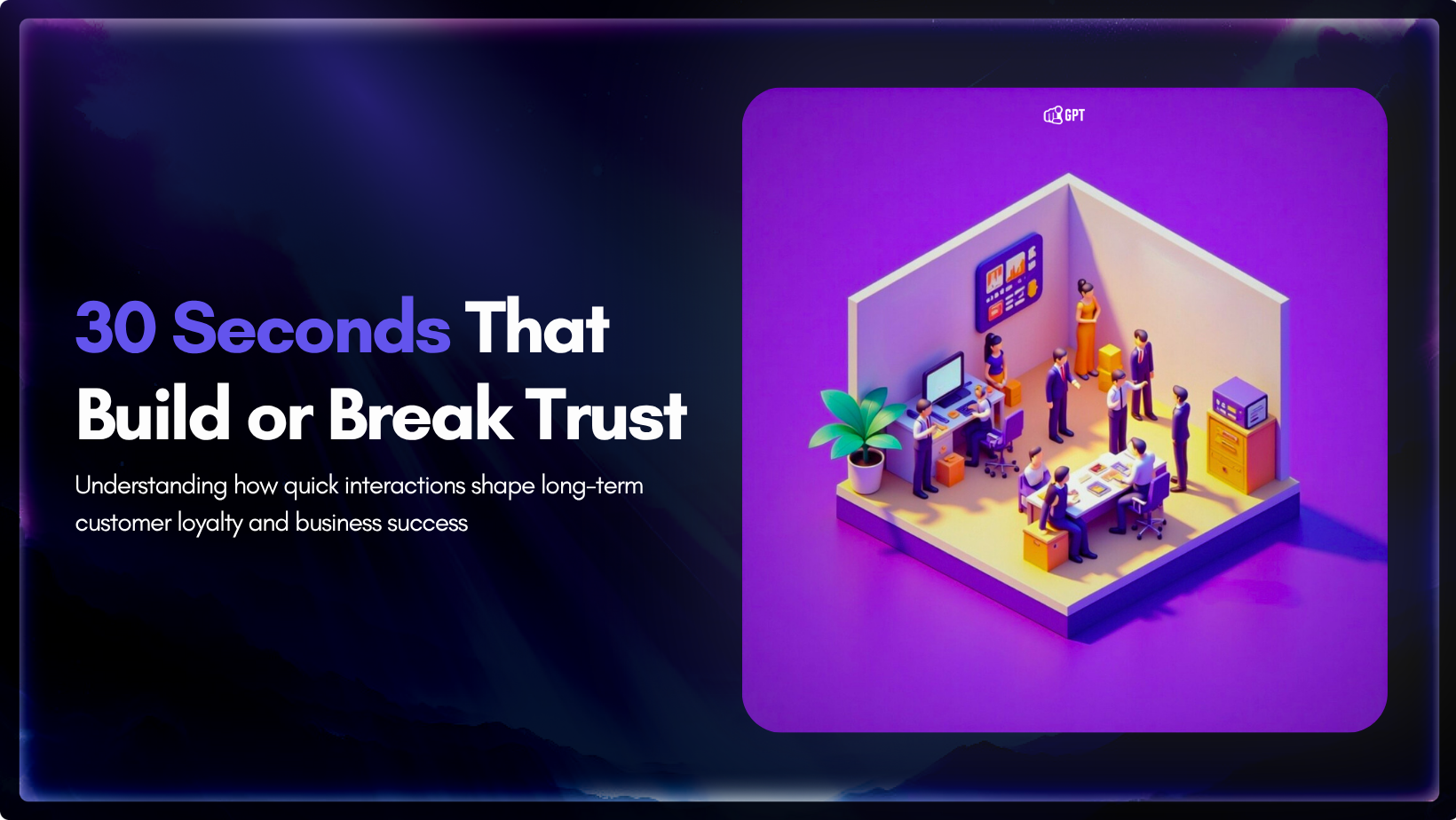
Do you believe in love at first sight? And how about at the first second? What if we told you that even seven seconds, not 30, may be enough to make (or break) the first impression in customer service and let customers fall in love with your brand (or leave it forever)? Some studies also claim that people can judge your trustworthiness in as little as one-tenth of a second!
But let’s do a 30-second customer loyalty test (so far, in our imagination). Image this: You’re walking into a bakery. The cashier smiles as if they’ve been waiting all day just for you, and within just a couple of seconds, you know: “I’ll definitely pop up here tomorrow before work again.”
Now, imagine the opposite—zero “Hellos,” blank stares, and maybe you’ve even heard a sigh of frustration when you saw yet another customer coming your way. And there you have it: you’re thinking about that croissant again.
That’s the magic (or the mishap) of the first impressions and the first 30 seconds of customer service.
So, let’s first understand why half a minute is more than enough for customers to start trusting you (or not). Afterward, learn how to win customer trust in seconds and turn them into loyal customers.
Explore the key psychological reasons that shape the initial impression in customer service.
Here’s the thing. Our brains give extra weight to the very first piece of information we receive. It means the tone of voice or even the first word uttered by a customer support agent may “color” the whole interaction. Even more than that, a nice customer service during the first 30 seconds can make people more forgiving of tiny hiccups later when they come back to you as repeat customers.
For example:
“Hello” and “Hi” (or “Hey”) are generally acceptable as more formal and informal greetings, respectively, whether used over the phone or in live chat. But suppose the customer service rep says, “Heyah, what’s up?” It would sound rude and inappropriate in most, if not all, contexts.
In fact, customers can “slice” even very little data and quickly decide on the following:
Such a decision-making process typically happens in just a second or two.
Why so?
This “slicing” shortcut helps human brains save cognitive effort. But! It also means that you don’t get a second chance to give your customers a wonderful first impression.
Then, there’s this cognitive bias—a human tendency to notice information confirming pre-existing beliefs. Roughly speaking, we only see what we want to see and hear what we want to hear.
It works like this. Once the first customer impression is ready, they’re looking for evidence to confirm it. If it’s good customer service from the very beginning, they’ll tend to focus on only the pleasant and nice things about your brand. This way, you’re building customer trust. And in case it’s bad customer service, they’ll be constantly on their toes, expecting another unpleasant experience, and eventually leaving. This way, you’re losing customers.
Did you know that we, humans, are prone to mirroring each other’s moods? Our emotions are fantastically contagious.
Whether these are positive:
Or negative like these:
So, when the customer service agent starts the interaction with positivity (or negativity), the customer “catches” this emotion. Then, this positive (or negative) mood carries over to how they perceive the company as a whole afterward.
Note: Research indicates that the contagion effect is significantly greater for negative emotions, such as anger, compared to positive ones.
Finally, yet another psychological reason is bound to two more cognitive biases that generalize first impressions of a single characteristic of a person or product. Being the brainchildren of the 1920s, both are critical for the first 30 seconds, shaping a good (the halo effect) or bad (the horn effect) customer experience, which in turn impacts brand loyalty and trust.
Think of it as the “angel glow” moment that makes an amazing first impression on customers.
For example:
The call center agent is extremely empathetic and helpful from the very first moment. The customer instantly assumes the company is professional and reliable—even if the issue takes much time to be fixed.
The dark twin of the halo effect, this one works in the opposite direction. A single negative impression undermines customers’ judgment about the company, product, or service.
Let’s be real—your customers want to contact you where they hang out, not where you prefer to lounge. Moreover, the 30-second countdown may already start as soon as they reach out to your brand.
So, make sure you are easily accessible across different customer service channels:
For example:
A conversational AI bot can help you make the first seconds of customer service memorable on your website. See how the Beauty Business AI (powered by YourGPT) does that, all while waving and impressing with friendliness and warmth (and the speed of answer!).
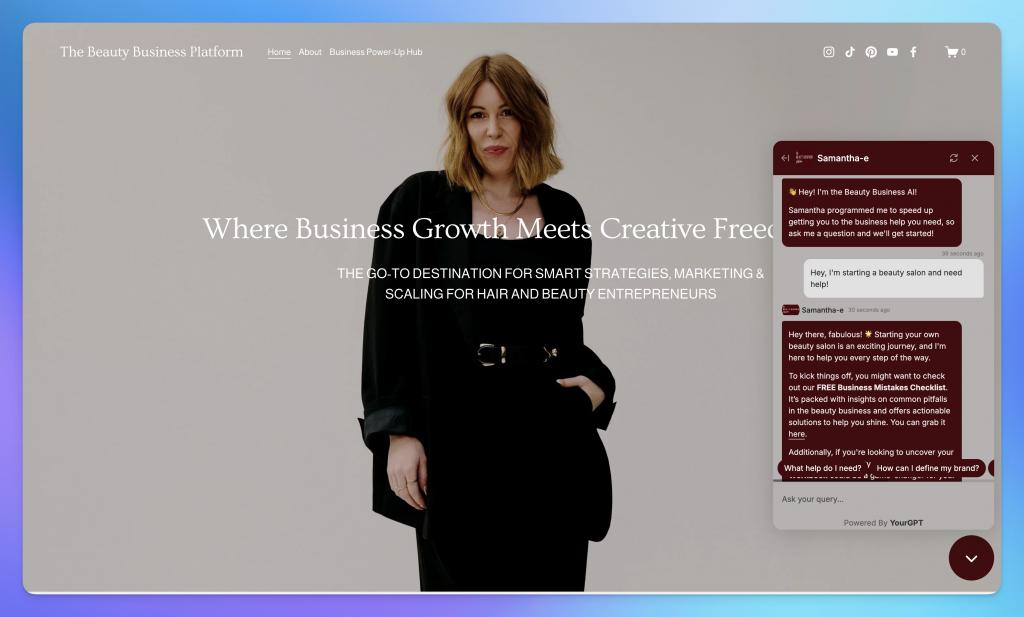
Mind: The clock is ticking, and every next second of waiting is like a mini-fracture in the trust glass for your customer—don’t let it crack!
Aim for the average answering times as follows:
Researchers prove that the psychology of smiling actually works in building social trust. According to them, the smiler appears more socially intelligent and trustworthy. Additionally, nearly half of people (48%) believe that an attractive smile has the greatest impact on shaping the first impression.
Indeed, when it comes to the first seconds of delivering customer service, a smile travels impeccably well—even over the phone (through the tone of your voice) or chat (through the corresponding emoji). Let’s assume that you start chatting with the customer online or using an AI-powered chatbot for your website. Even a single smiley used in your greeting can set the mood.
For example:
Look at this customized chat widget made with YourGPT for the healthcare niche. The AI bot creates a positive first impression with a smiling emoji: “Hi there! This is the Prime Time Bot! How can we help you today?”
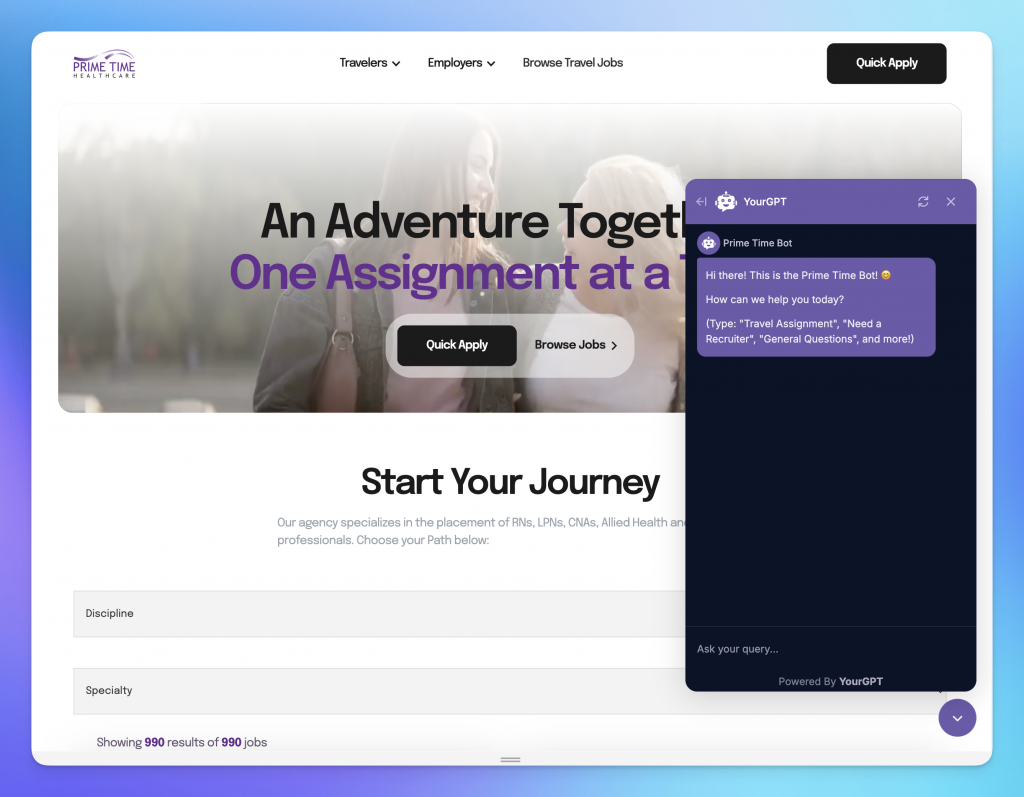
Personalization with the name is now the standard, and it still remains one of the “evergreen” customer service trends. The neuroscience behind the first name explains that it triggers a sense of appreciation and respect and establishes a deeper personal connection. And the sooner you say, “Hi [Name],” instead of “Dear Customer #72374,” the sooner loyalty takes root.
For example:
Take Hotjar, a user behavior analytics platform. Once you sign up, Hotjar’s AI assistant addresses you by your full name (indicated during registration) and offers installation help.

You can likewise insert contact names into responses to personalize your customer experience with YourGPT Template Functions.
But what if you don’t know the customer’s name yet?
Just ask! Here are several of the best ways to do that via chat or phone:
Sure, scripts are super-handy.Yet, in some cases, it might be better to get straight to the point and start helping customers during the first seconds of customer service. An ever-helpful AI chatbot is often the go-to solution for that. It doesn’t take too much of customers’ time and addresses their pain points right away, making a great first impression.
For example:
Let’s review the following real-life case. Being highly concerned about sustainability, the customer is asking the chatbot about eco-friendly materials for designing custom hoodies for the team. The Helper Bot immediately provides a list of sustainable hoodie brands to choose from.
Also, sometimes, the best customer support would be to go “off script” with a more individual, one-of-a-kind approach, particularly when your customers get nervous (or angry). Even the same overused empathetic statement like, “I understand how frustrating this must be,” in the script might have quite the opposite effect—“NO, YOU DON’T!!!” If you’re using a chatbot, you may set up human handoff to quickly transfer the conversation to your customer support agent if needed in such situations.
Figuratively speaking, it’s like being a super-prognostic person who shows up with an umbrella before people realize it’s about to start raining buckets. Be that kind of “foreteller” for your customers with predictive customer care.
Here’s how:
Automate FAQs: Anticipate and answer frequently asked (predictable) questions (e.g., on the eCommerce store, these can be related to order status tracking, shipping cost, refund, etc.)
For example:
“Looking to get under the hood?” That’s how the contract management software provider offers a personalized demo once the potential customer visits the free trial page. This is an illustrative case of a proactive chatbot with triggers based on the web visitor’s action.

Another example:
The ProGrow team automated FAQs to enable predictive customer service with the YourGPT chatbot.

Organize training sessions to enhance your employees’ customer service skills. One of the best ways is first to train and then stress-test your support agents or service personnel to tackle sensitive problems or tricky scenarios.
For example:
Let’s take finance. Suppose your company offers debt relief services. Run stress-tests with call simulations where employees take anxious calls, say, from a single parent frustrated about a huge credit card debt or a person initiating a divorce and worrying about a joint account with the spouse.
What would they say during the first 30 seconds? How quickly(and effectively!) would they resolve customer issues to make a lasting first impression?
Regular team performance check-ins and social listening practices can help you always keep your finger on the pulse of excellent customer service.
Monitor review sites and social media platforms for the following red-flag words in customer reviews:
For example:
If you’re operating in the hospitality industry, make sure to track negative reviews on TripAdvisor (for hotels) or Yelp (for restaurants) and work on improving the customer service after getting such negative feedback from customers, like here: “The receptionist was rude.”
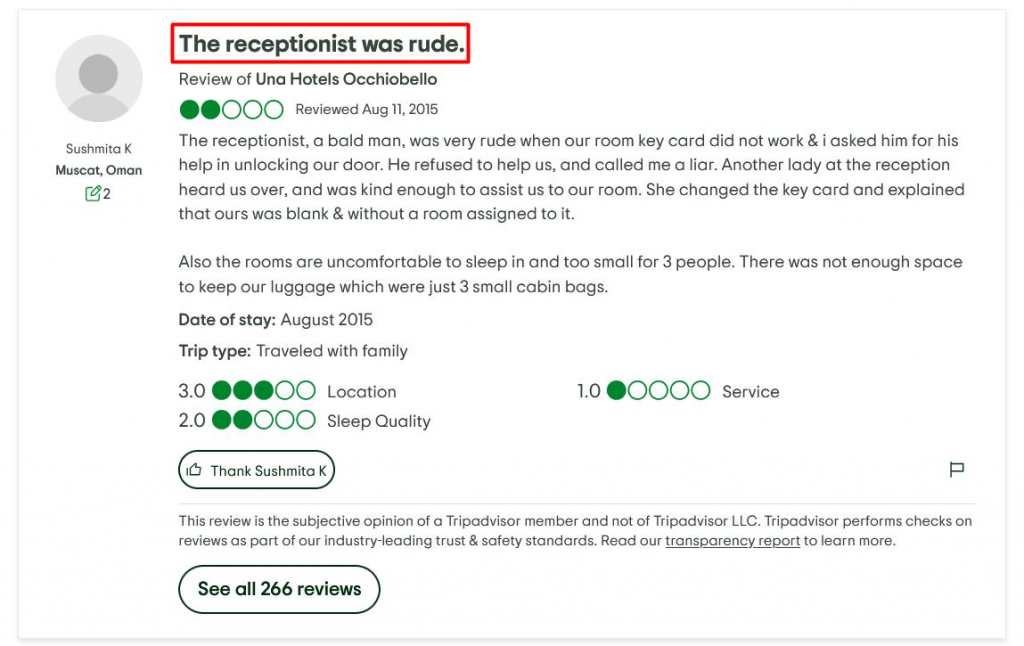
The first 30 seconds can decide whether a customer trusts your brand or turns away. Every second counts — from the first words to the speed of your response.
YourGPT helps you win those moments.
It combines conversational AI, human-level personalization, and smart assistance to deliver instant, thoughtful responses. Whether it’s a website chat, WhatsApp query, or voice interaction, YourGPT ensures every customer feels valued from the first hello.
By turning responsiveness into reliability and empathy into consistency, YourGPT helps you convert first impressions into lasting relationships.
And remember: Trust is hard-earned second by second. Let YourGPT help you earn it by opening the e-door to long-term customer loyalty. You’ve seen how it works on other websites. It’s time to try YourGPT on yours.
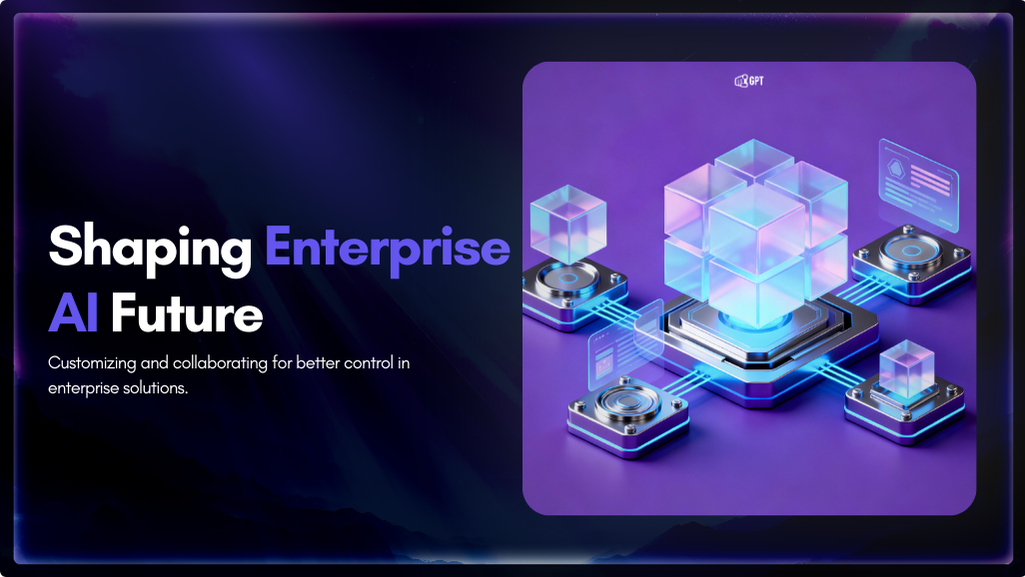
Artificial Intelligence has advanced quickly over the past five years, moving from an experiment to a standard component of modern business. AI has become a central part of enterprise strategy. 88% of organizations are now using AI. This figure has increased from 78% the year before. This transformation is reshaping how companies run, communicate, and […]

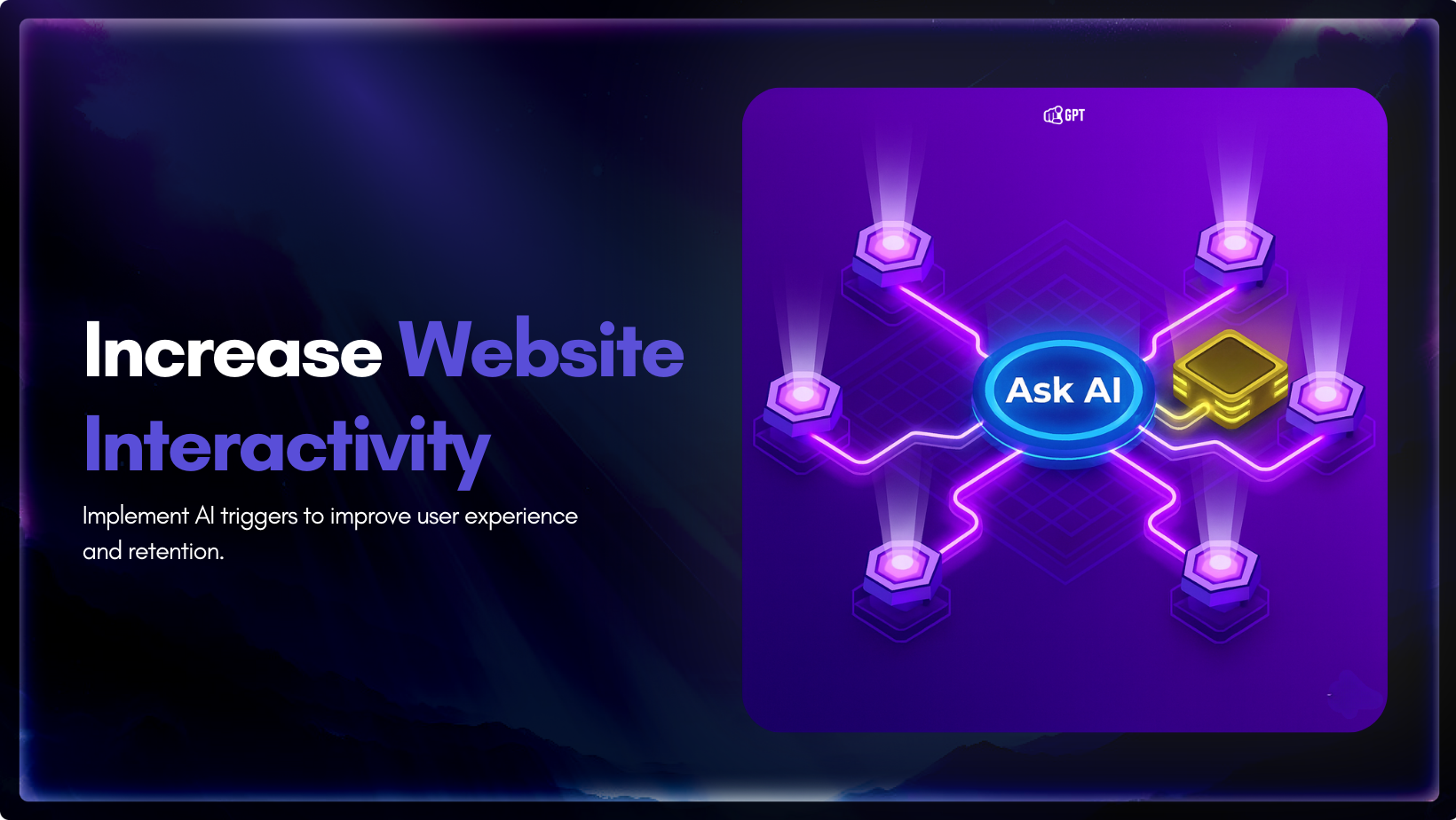
You invest time writing your website copy. You explain features, pricing, and how everything works. The information is there. Still, some visitors leave without clarity, and small gaps in understanding often stop them from moving forward. This happens because a static page cannot adjust to what they want at that moment. They skim a section, […]

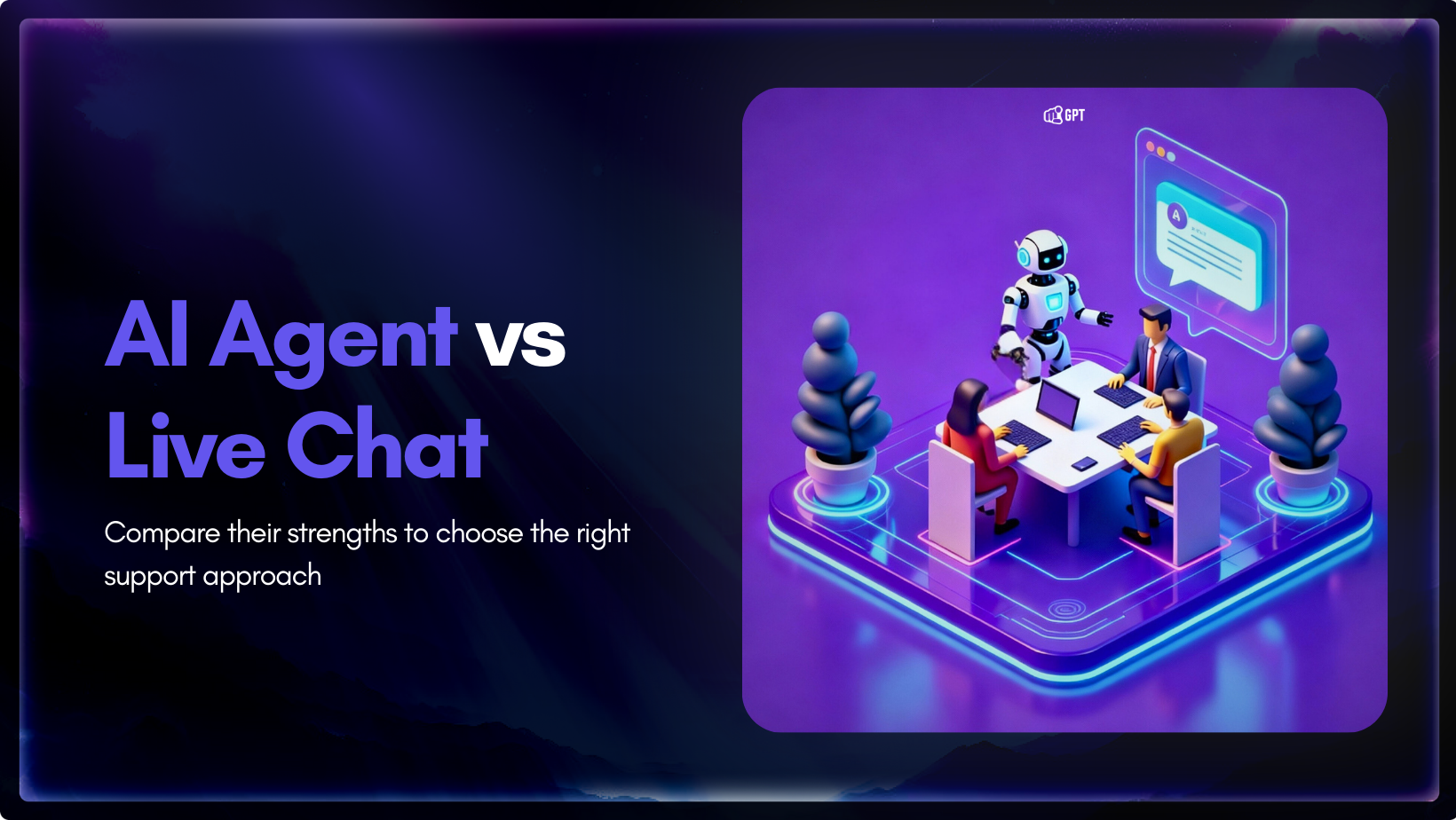
AI agent and live chat each play a different role in customer support, and the choice between them influences how a team handles growth. Companies are moving toward faster support models, and one clear trend is the use of AI to reduce operating costs by up to 30%. The difference shows up when ticket volume […]

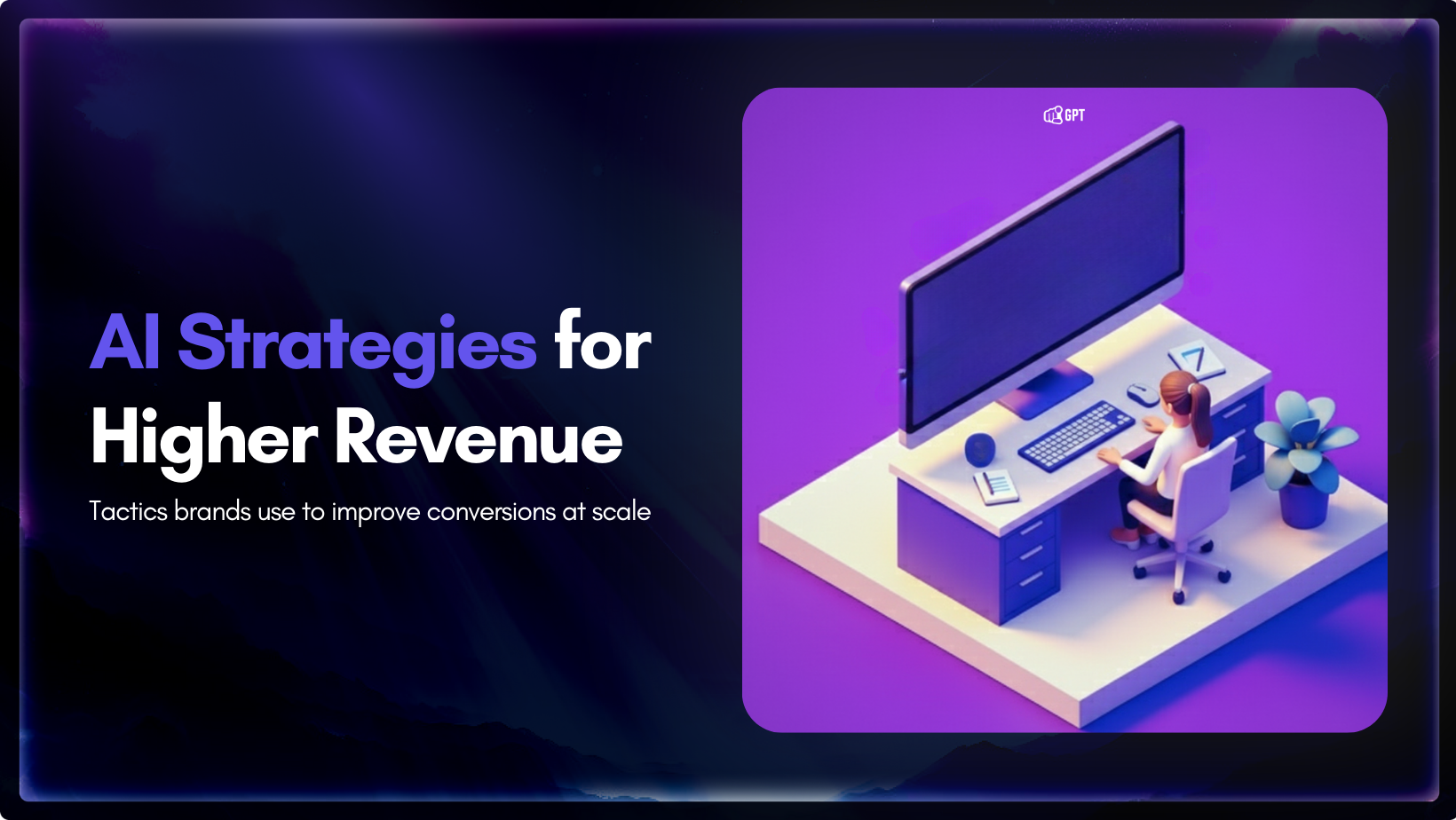
You have definitely heard about the use of AI in marketing. But have you ever seen or learned how it can actually drive revenue? Well, firms using AI in marketing and sales report significant benefits. According to a recent study by McKinsey & Company, revenue increases from AI show up most in marketing and sales, […]

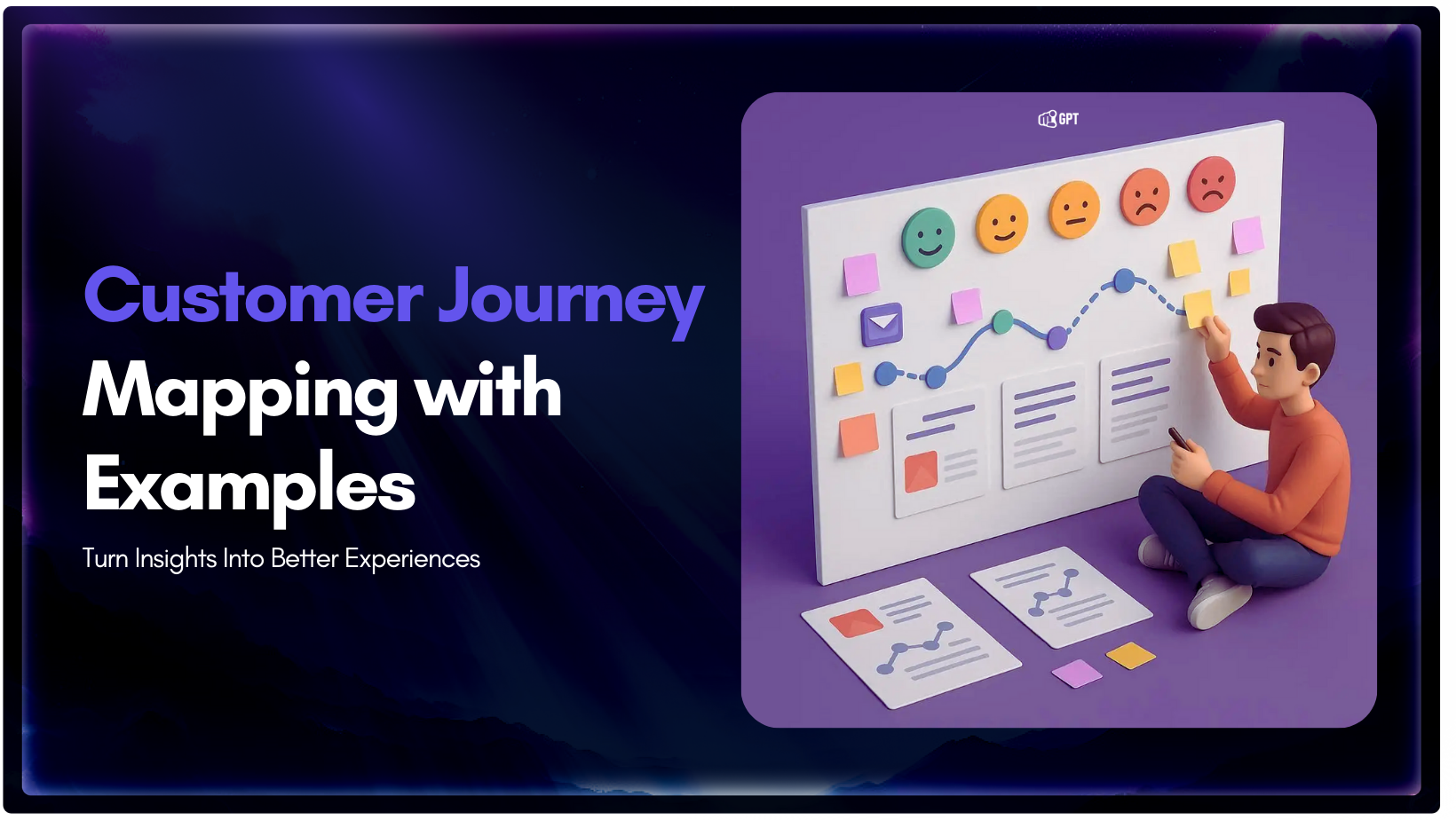
Every business talks about improving customer experience, but many struggle to understand what that experience actually looks like from the customer’s side. This is where a customer journey map becomes essential. It is a practical way to see how people discover your brand, evaluate their options, make a purchase, and decide whether to come back […]

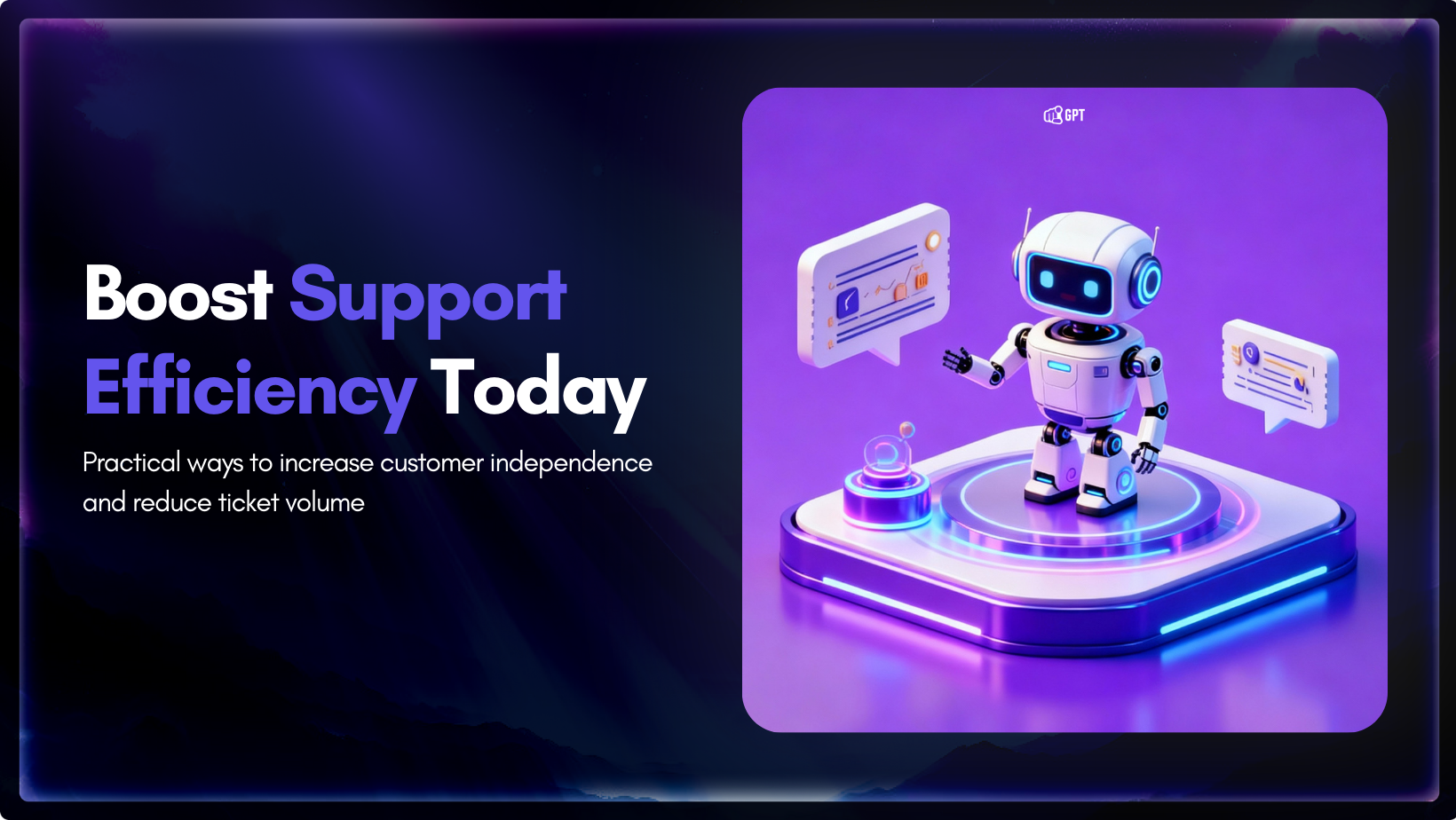
These days, self-service options is the norm for customer support. However, simply having a knowledge base or chatbot is no longer enough. The most important thing is to determine if these tools are effective. Are your customers getting the answers they need? Or are they simply becoming increasingly irate and will eventually contact your support […]
